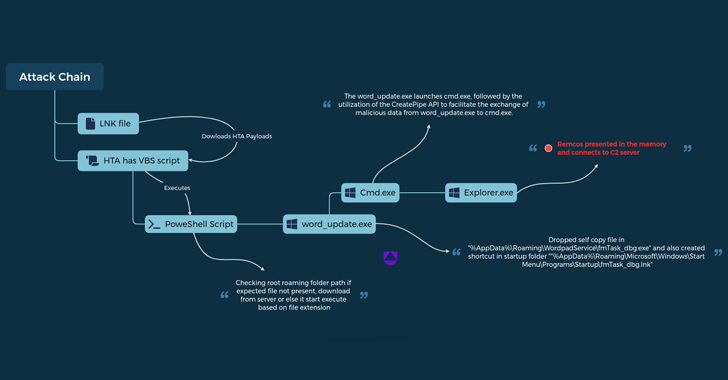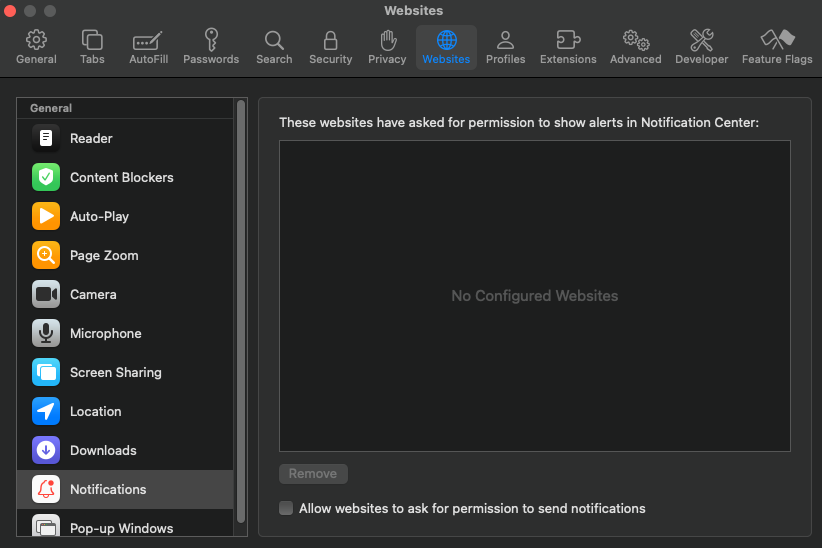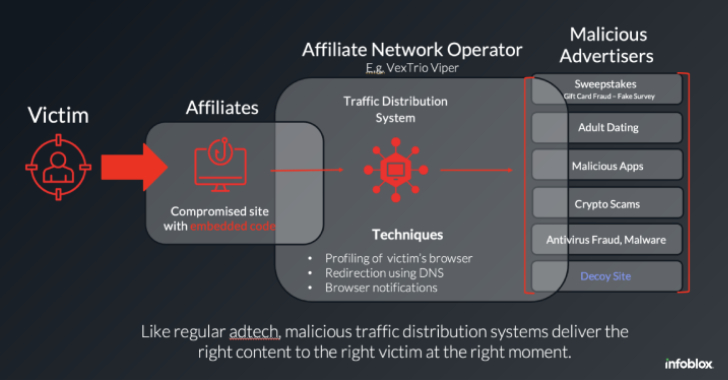The threat actor known as UAC-0050 is leveraging phishing attacks to distribute Remcos RAT using new strategies to evade detection from security software.
“The group’s weapon of choice is Remcos RAT, a notorious malware for remote surveillance and control, which has been at the forefront of its espionage arsenal,” Uptycs security researchers Karthickkumar Kathiresan and Shilpesh Trivedi said in a Wednesday report.
“However, in their latest operational twist, the UAC-0050 group has integrated a pipe method for interprocess communication, showcasing their advanced adaptability.”
UAC-0050, active since 2020, has a history of targeting Ukrainian and Polish entities via social engineering campaigns that impersonate legitimate organizations to trick recipients into opening malicious attachments.
In February 2023, the Computer Emergency Response Team of Ukraine (CERT-UA) attributed the adversary to a phishing campaign designed to deliver Remcos RAT.
Over the past few months, the same trojan has been distributed as part of at least three different phishing waves, with one such attack also leading to the deployment of an information stealer called Meduza Stealer.
The analysis from Uptycs is based on a LNK file it discovered on December 21, 2023. While the exact initial access vector is currently unknown, it’s suspected to have involved phishing emails targeting Ukrainian military personnel that claim to advertise consultancy roles with the Israel Defense Forces (IDF).
The LNK file in question collects information regarding antivirus products installed on the target computer, and then proceeds to retrieve and execute an HTML application named “6.hta” from a remote server using mshta.exe, a Windows-native binary for running HTA files.
This step paves the way for a PowerShell script that unpacks another PowerShell script to download two files called “word_update.exe” and “ofer.docx” from the domain new-tech-savvy[.]com.
Running word_update.exe causes it to create a copy of itself with the name fmTask_dbg.exe and establish persistence by creating a shortcut to the new executable in the Windows Startup folder.
The binary also employs unnamed pipes to facilitate the exchange of data between itself and a newly spawned child process for cmd.exe in order to ultimately decrypt and launch the Remcos RAT (version 4.9.2 Pro), which is capable of harvesting system data and cookies and login information from web browsers like Internet Explorer, Mozilla Firefox, and Google Chrome.
“Leveraging pipes within the Windows operating system provides a covert channel for data transfer, skillfully evading detection by Endpoint Detection and Response (EDR) and antivirus systems,” the researchers said.
“Although not entirely new, this technique marks a significant leap in the sophistication of the group’s strategies.”
Found this article interesting? Follow us on Twitter and LinkedIn to read more exclusive content we post.






